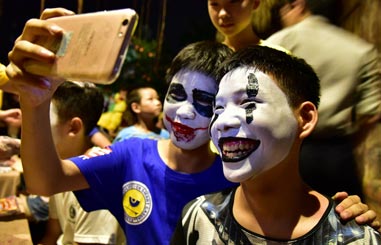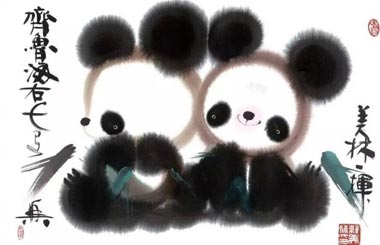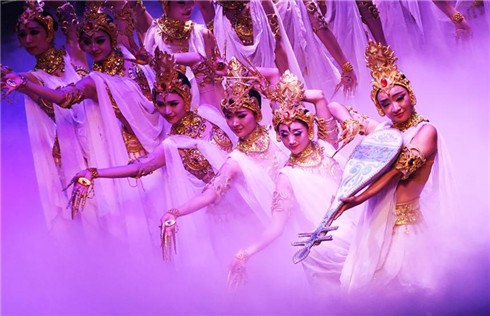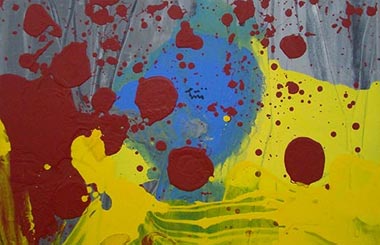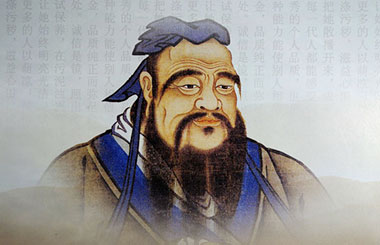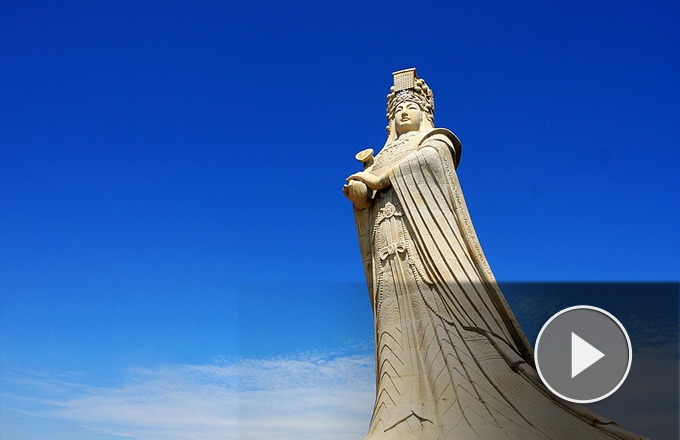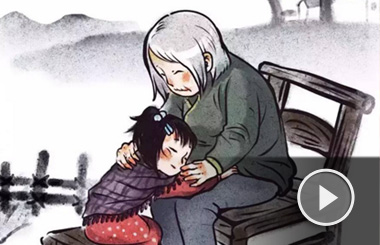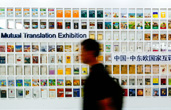History is people
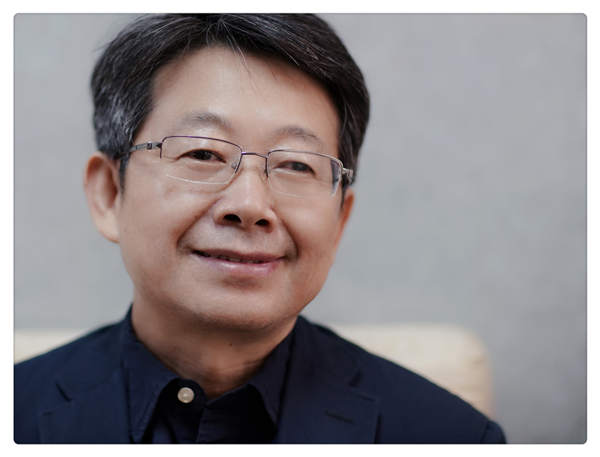 |
|
Zhu Liangzhi, professor at Peking University. |
"The classical teachings and beliefs are not dead and cold for Chinese-they're running in Chinese veins and are helping them innovate, make progress and share their wisdom with the world," Ye says.
He and Zhu were deeply moved by the typical Chinese optimism that Sichuan people showed facing the disaster and miseries of the devastating Wenchuan earthquake in 2008.
So they discarded the notion of "talking about every aspect" in their book, and picked four aspects: wisdom and beliefs, creativity and exchanges, art and aesthetics and folk customs.
The book contains a chapter titled "Eternal Smile of Buddha". It mentions sculptures at the Maijishan Grottoes, in Gansu province, created in the first half of the 6th century.
"The main statue has not only a smile on his face but a smile seeming to spread all over his body," the authors write.
"In fact the smiling Buddha was created during one of the most traumatic periods in Chinese history, with endless wars and loss of life," says Zhu.
He adds the smile gave ancient people faith in life and shows typical Chinese wisdom: Since one can't choose to avoid disasters, one can choose how to face them.
Along the same lines, Ye says when they tell about the 12th-century scroll painting Qingming Shanghe Tu (Along the River During the Qingming Festival), they didn't put it in the arts section, but under folk culture.




